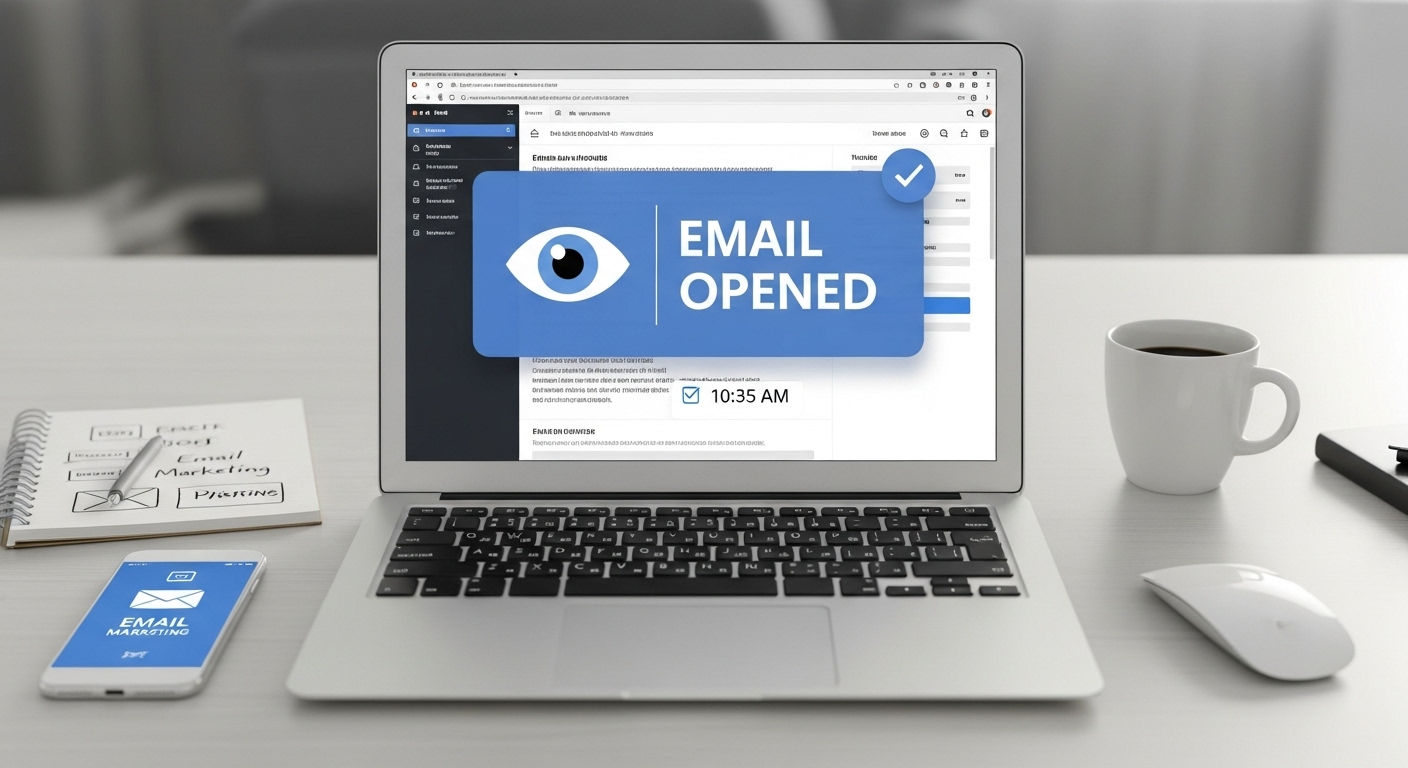Email so important to modern communication, in this digital era in which communication tools change constantly, email is a staple in business and personal communication. From professional correspondence to customer support, academic communication to personal exchanges, email is a mainstay of modern life. But what makes email such a crucial part of modern communication? It’s time to take a deep dive into this multidimensional tool and discover its everpresent relevance in today’s tech-obsessed world.
The Foundation of Digital Communication
Email as the Backbone of Professional Communication
Although messaging services such as Slack and Microsoft Teams have flourished, they have not replaced email as the center of professional communications. The async nature of it also means even if you’re working on clients on the other end of the world, you can timezone your replies and meet people in a way that doesn’t tire your brain.
Key Advantages:
- Record Keeping: Emails can be a written trail that shows the conversation, which may be useful for legal and compliance purposes.
- Communication between organizations: Unlike proprietary messaging systems which cannot communicate each other,emails are also inter-organization.
- Integration with Tools: Calendars, task managers, and CRMs can be easily integrated with email platforms.
Asynchronous Yet Reliable
Email only requires a basic internet connection and a free email service provider like Gmail, Outlook, or Yahoo. This accessibility makes email a global communication tool.
Accessibility and Universality
Available Across Devices and Platforms
One of the best things about email is its ability to work across platforms. Whether you’re on a smartphone or using the interwebs on your computer, email automatically adjusts for the size to work well on every screen.
This flexibility ensures users stay connected regardless of hardware or location.
Low Barrier to Entry
Email only needs a basic internet connection and a free email service company like Gmail, Outlook or Yahoo. This accessibility means that email is a universal medium of communication.
Security and Confidentiality in Email Communication
Enhancing Trust Through Encryption
Email security has significantly advanced. From SSL/TLS encryption to multi-factor authentication, emails today are far more secure than their early counterparts.
Entity-Based Context:
- PGP (Pretty Good Privacy): An encryption standard for securing emails.
- DMARC, SPF, DKIM: Protocols that help prevent email spoofing and phishing.
These security measures make email suitable for sensitive information exchange.
Email in Legal and Compliance Frameworks
Organizations rely on email for sending contracts, policy updates, and regulatory notices due to its auditable nature.
Integration with Business and Personal Workflows
Connecting Applications and Workspaces
Modern businesses use a wide array of tools, from project management software to accounting platforms. Email serves as the communication bridge between these ecosystems.
Examples:
- CRM Tools: Salesforce, HubSpot and Zoho offer email integration to touch base with clients.
- Marketing Automation: Mailchimp and Constant Contact are companies that provide tools for nurturing leads via email.
Email and AI-driven Automation
With advancements in AI, emails are now managed by intelligent assistants that can sort, reply, and even summarize conversations, improving productivity.
For more blogs and insights on the digital world, visit Technologiia.com.
Email Marketing: A Vital Business Strategy
High ROI and Direct Reach
Email marketing is still one of the highest ROI channels in spite of the growth of social media.
Statistics:
- The average return on investment (ROI) for email marketing is $42 for every $1 spent.
- Email is 6x more likely to get a click-through than a tweet.
Personalized User Engagement
AI tools can segment users and send targeted content, ensuring personalized engagement at scale.
Longevity and Future-Proofing
A Standardized Communication Protocol
Unlike apps that may become obsolete, email is based on open standards (SMTP, IMAP, POP3), making it future-proof and resilient against tech shifts.
Semantic Variants:
- digital mail
- electronic messaging
- webmail systems
Consistent Identity Across the Web
Email addresses are often used as digital identifiers for accounts, subscriptions, and cloud services. This consistency enhances user convenience and trust.
The Role of Email in Remote and Hybrid Work
Sustaining Workflow in Distributed Teams
Email supports remote work by allowing employees to collaborate asynchronously, send files, and document decisions.
Cluster Keywords:
- remote collaboration tools
- virtual team communication
- hybrid work support systems
Bridging Communication Silos
In large or distributed teams, email helps connect different departments and keeps communication centralized and searchable.
Conclusion: The Enduring Power of Email
In a world rife with new communication technologies, email continues to stand its ground thanks to its stability, flexibility, and dependability. It’s more than just a song-slinging box, it’s a piece of infrastructure that we rely on for our personal and professional communication. With its layering, scalability, and malleability, email is a timeless solution for the changing digital landscape.
Being a developer, marketer, executive or even an entrepreneur, understanding and utilizing the power of email is a strategic must.



